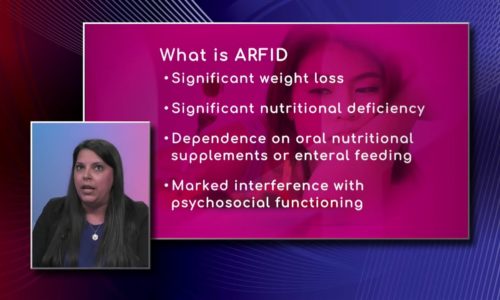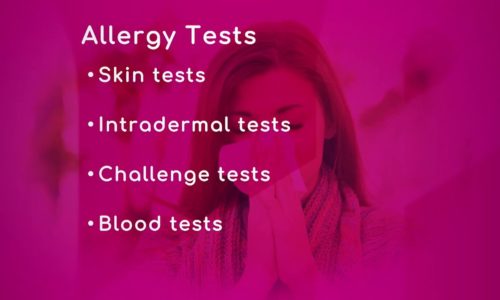Can regular food and drink affect prescription drugs? |

Did you know that drinking grapefruit juice with certain cholesterol-lowering drugs can result in dangerously high levels of those drugs in the body? Were you aware that some over-the-counter (OTC) pain medications can be harmful if you are taking a prescription anti-inflammatory drug? These are examples of problems that can develop when one medication interacts with another. Drug interactions may make a medication less effective, cause a drug level to become dangerously high, or produce serious physical or mental side effects.
Most drug interactions fall into one of three categories:
- Drug-Drug interactions. Two out of every three patients who visit a doctor leave with at least one prescription and up to 40 percent of the U.S. population receive prescriptions for four or more medications. This sets the stage for the possibility of drug-drug interactions. If the prescribing physician is unaware of all the medications that a patient is taking or if that the medication is capable of interacting with another drug, unexpected reactions can occur. For example, mixing a medication to “calm your nerves” (a tranquilizer) and a drug you take for allergies (certain antihistamines) can slow your reactions and make driving a car or operating machinery dangerous.
- Drug-Food/Beverage interactions. What you eat and drink can affect the way that certain medications are absorbed or metabolized (broken down) by the body. Depending on the drug and food ingested, this can lead to dangerously high levels of the medication or levels that are too low to be therapeutically effective. For example, grapefruit juice can interact adversely with a number of medications including certain antibiotics, high blood pressure medication and cholesterol-lowering medications.
- Drug-Dietary Supplement interactions. According to the National Institutes of Health, about half of American adults use dietary supplements on a regular basis. These include vitamins, minerals, amino acids, and herbs or botanicals. One example of this type of interaction is taking Vitamin E with the blood-thinning medication, Coumadin. Doses of Vitamin E higher than 1000 IU have been noted to produce or increase anti-clotting activity and may cause an increased risk of bleeding.
In addition to the efforts of doctors and pharmacists to avoid drug interactions, it is important for anyone who is taking more than one medication to be vigilant also. Here are some ways that you can become a more informed consumer and prevent interactions from occurring:
- Read labels. Over-the-counter (OTC) drug labels contain information about ingredients, directions for use, side effects and in many cases, interactions. With prescription medications, ask your pharmacist if you can have the package insert detailing information about any new drug being prescribed. This information is especially important for someone to read who is currently taking medications or nutritional supplements.
- Talk to your doctor about the drugs you take. When your doctor prescribes a new drug, make sure he or she is aware of all the OTC and prescription drugs, dietary supplements, vitamins/ minerals and herbals that you take. Before taking the new medication, ask your doctor the following questions:
- Can I take it with other drugs?
- Should I avoid certain foods, beverages or other products?
- What are possible drug interactions I should know about?
- Get help from your Pharmacist. If possible, have your prescriptions filled at the same pharmacy. Most pharmacies are able to perform a computerized interaction screen if they know the medications, supplements, etc. that you are taking. Make sure that you know how and when to take each medication for the best therapeutic results. In some cases it is best to take medications with meals, whereas other medications are best taken on an empty stomach.
- Think about “hidden” medicines. Many herbal remedies, nutritional supplements and even vitamins have the potential to cause drug interactions. Just because something is marketed as a nutritional supplement (rather than a drug) or a “natural” product does not mean that it is always safe to take along with other medications.
- Keep a record of all of your medications. This includes prescription drugs, OTC drugs, and dietary supplements (including herbs). Keep this list with you when you go for a doctor’s appointment and make sure that the doctor is aware of the various medications or products that you are taking for your health.
The problem of drug interactions is almost certain to get worse. Increasing numbers of people are taking more than one medication. Medications that were formerly available by prescription only are being released to the OTC market. The increased interest in herbal and “natural” remedies has led more people to “self-prescribe” these products. For these reasons, doctors, pharmacists and consumers must all stay alert to the possibility of interactions occurring.
If you have any more questions just Ask Hanna, our health advisors are here to help.
Image: ©Shutterstock / Fahroni








